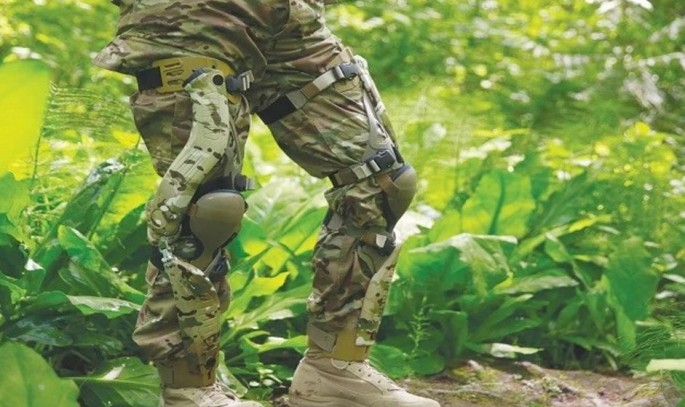The U.S. Army and Marine Corps plan to harvest the energy generated by walking or running soldiers to recharge the many types of electronic gear essential to mission success on the battlefield.
They're particularly interested in field testing a "knee brace" that stores the kinetic power generated by walking or running. This stored power can later be used to charge the lithium ion batteries that power many military devices.
Canadian company Bionic Power, Inc. has been contracted to perform these field tests. Its wearable titanium system produces seven to 10 watts of power if a soldier is walking at a normal pace. The system can harvest more if a soldier walks faster.
The lightweight and unobtrusive system adds 2-1/2 pounds per leg and the company's goal is to reduce system weight to a mere 900 grams, or less than two pounds per leg.
The system has already undergone early testing at the Army's Soldier Research, Development & Engineering Center in Natick, Massachusetts. It will be put through its paces by rank-and-file soldiers and Marines in 2017.
"If soldiers are heavily weighed down and they're going downhill, they can produce upwards of 20 watts of power," said CEO Yad Garcha.
"It depends on speed and depending on terrain. If soldier is going to a lookout point every day, they can wear this device on the way down and they can charge all their equipment."
Garcha said the Army planned to equip a squad with the system in the summer of 2017. The Marines will test the braces on 50 Marines at about the same time.
"Basically they'll say, here's a 72-hour mission, here's a technology that you can wear, let's see if you can be independent for that period of time," said Garcha.
"They will probably allow same mission to be done with batteries, allowing them to compare the effectiveness of the mission, the weight on the soldier's back, the cost of the battery, so they'll have comparative testing."
The Marine Corps has committed to buying 50 of the systems but the Army has yet to determine how many it wants.



























